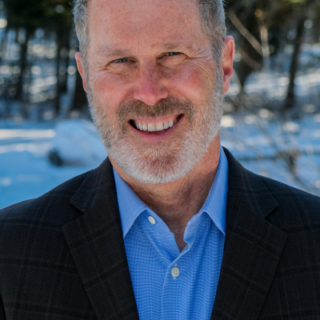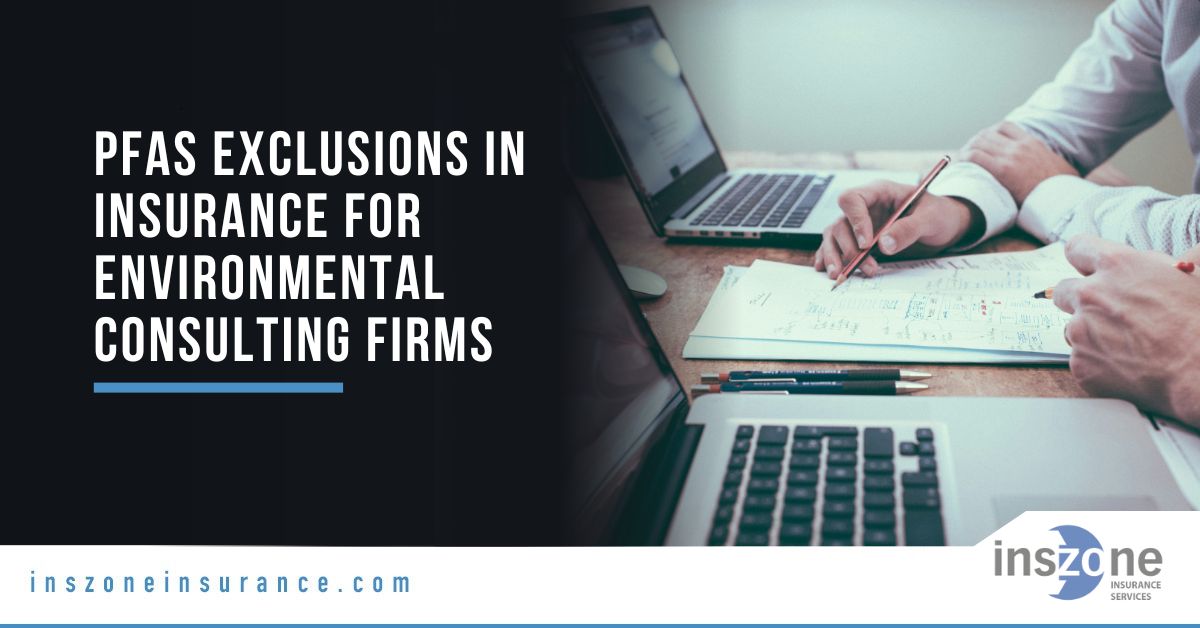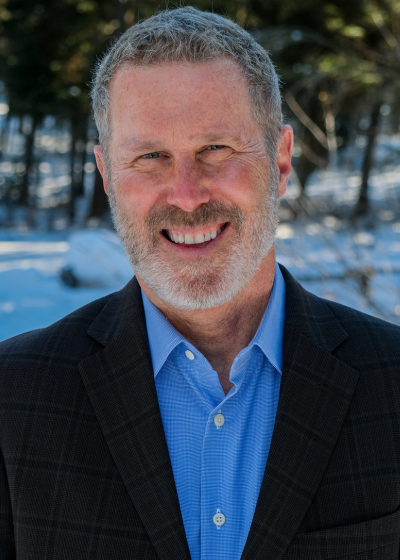Forever chemicals (PFAS) are reshaping environmental regulation, litigation, and insurance. New federal drinking-water standards, Superfund liability under CERCLA, and billion-dollar settlements have led carriers to introduce PFAS exclusions across many commercial and environmental policies.
For environmental consulting firms, this shift means tighter underwriting, rising documentation demands, and potential coverage gaps that require careful review.
What Are PFAS Exclusions in Insurance Policies?
Per- and polyfluoroalkyl substances (PFAS)—synthetic compounds prized for resistance to heat, oil, and water—appear in everything from non-stick cookware and stain-repellent fabrics to firefighting foams (AFFF) and industrial coatings. Because PFAS persist in soil and water, they’ve become a top regulatory priority for the U.S. EPA and a growing source of liability for manufacturers, municipalities, and consultants.
Carriers have responded by adding dedicated PFAS insurance exclusion endorsements to clarify that defense and indemnity do not extend to losses arising from PFAS exposure, cleanup, or bodily injury. ISO introduced specimen forms such as CG 40 32 05 23 for General Liability and CU 34 54 for Umbrella coverage, and proprietary equivalents now appear across the market.
These endorsements sit alongside traditional pollution exclusions but specifically target perfluoroalkyl and polyfluoroalkyl substances (PFAS) claims, removing ambiguity and shifting the risk back to insureds.
How Do PFAS Chemicals Affect Liability Coverage?
Federal actions in 2024 – 2025 intensified insurance exposure: enforceable EPA Maximum Contaminant Levels (MCLs) for PFOA / PFOS at 4 ppt, CERCLA hazardous-substance designations, and expanded state-level bans on PFAS in textiles and packaging.
Because these rules heighten enforcement and cleanup costs, insurers are narrowing liability terms. ISO PFAS exclusion endorsements now appear on:
- Commercial General Liability (CGL), Business Owners Policies (BOP), and Umbrella / Excess forms.
- Some Environmental and Professional Liability lines, which may apply sublimits, scheduled-site requirements, or known-condition carve-outs.
For firms handling site assessments, remediation design, or AFFF transition work, the PFAS exclusion meaning is clear: standard CGL or umbrella coverage will not defend or indemnify against PFAS-related claims. Only specifically negotiated environmental forms may offer limited protection.

Are PFAS Claims Covered by General Liability Insurance?
Generally, no. Most current GL policies contain an ISO PFAS exclusion endorsement or a proprietary equivalent removing coverage for bodily injury, property damage, or cleanup arising out of PFAS.
However, some older occurrence-based CGL policies—especially those issued before the mid-1980s pollution-exclusion era—may still respond to legacy contamination. In such cases, policy archaeology and specialized coverage counsel can help determine whether historical insurance layers might apply.
Environmental lines such as Contractors Pollution Liability (CPL), Pollution Legal Liability (PLL / site), or Environmental Professional Liability (EPL) can sometimes address PFAS exposures, but terms vary widely. Underwriters increasingly require detailed PFAS protocols—sampling methods, laboratory QA/QC, and waste-handling documentation—before agreeing to include or sublimit coverage.
How Can Environmental Firms Manage PFAS Risk?
Environmental consultants face heightened scrutiny and contractual risk tied to PFAS. To stay insurable and compliant, firms should:
- Audit all active policies—CGL, umbrella, professional, CPL, and PLL—for PFAS language. Flag any endorsements referencing PFAS by form number and title.
- Strengthen proposals and contracts with clear PFAS scopes, analyte lists, and detection limits. Include limitations of liability and indemnity clauses that reflect the firm’s role.
- Provide detailed PFAS protocols in submissions (sampling plans, lab certifications, chain-of-custody procedures) to help underwriters gauge control quality.
- Monitor evolving regulations—EPA rulemaking, state product bans, and TSCA reporting deadlines through 2026–2027—to anticipate client needs and advisory exposure.
These steps, combined with targeted environmental consulting insurance, help reduce uninsured PFAS-related losses and position firms favorably with underwriters.
Why This Matters for Environmental Consulting Insurance
PFAS litigation has already produced more than $11 billion in water-system settlements, and analysts predict long-tail costs could reach multiples of that figure. For insurers, the aggregation potential rivals asbestos and MTBE; for consultants, it creates a need for precision in coverage and documentation.
Environmental consulting insurance tailored to today’s risks—particularly CPL, PLL, and Professional Liability with negotiated PFAS terms—can help bridge the widening gap left by general-liability exclusions.

Protect Your Firm from PFAS-Related Gaps
PFAS regulation and litigation are accelerating, and exclusions are here to stay. The right insurance partner can help you understand evolving PFAS insurance wording, compare carrier appetites, and secure the protection your projects demand.
Safeguard your business with specialized Environmental Consulting Insurance from Inszone.
Our experts can review your current policies, identify PFAS exclusions, and help structure a comprehensive program that keeps your firm compliant and covered.
(Sources: EPA 2024–2025 PFAS Rulemaking, ISO Form CG 40 32 05 23, WTW Insurance Marketplace Realities 2025, TransRe PFAS Exclusions Report, State PFAS Regulations CA / NY / TX / MI / NC.)





